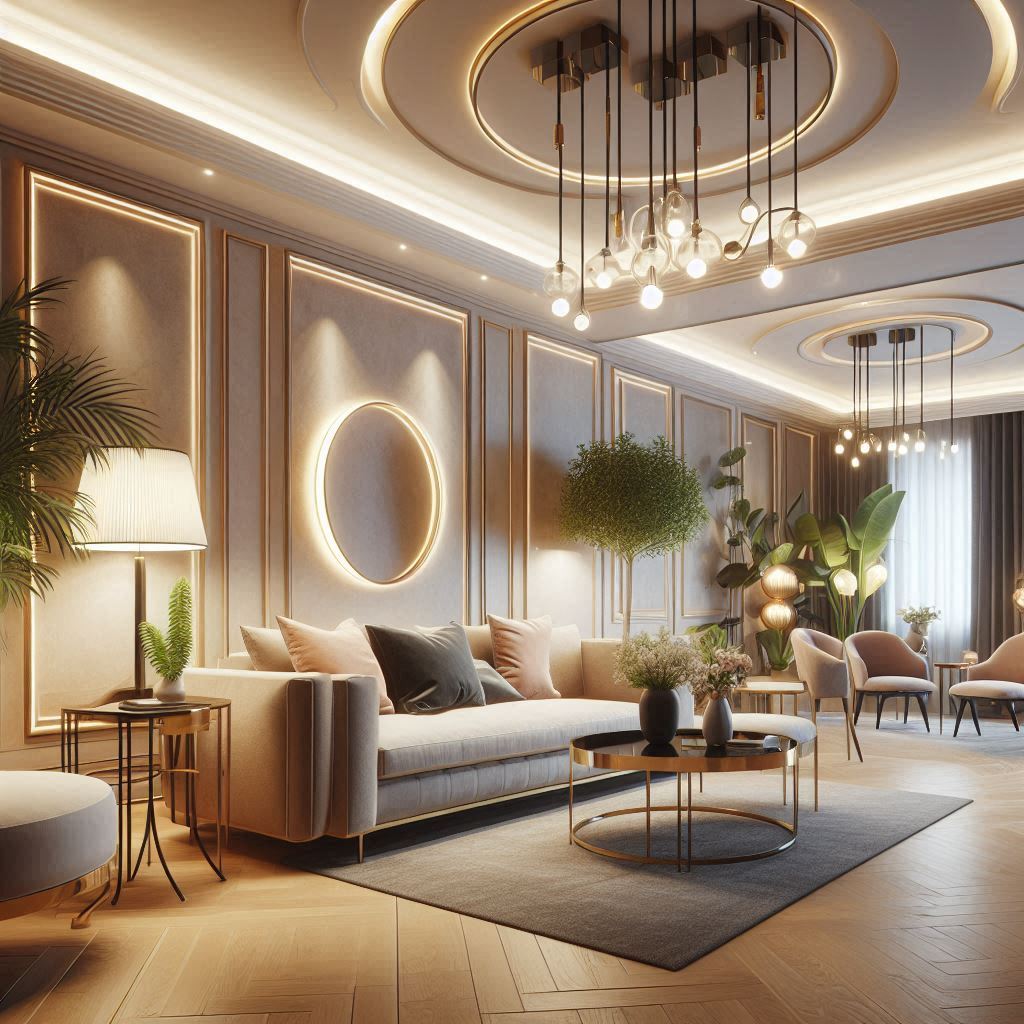In many modern homes and offices, ceiling lights dominate the illumination game. Recessed lighting, pendant fixtures, and chandeliers often take center stage, casting brightness across every corner. But what happens when you want to add more character, focus, or warmth to your space without making it overly bright or visually overwhelming? This is where wall lights step in—not to compete, but to complement.
The Role of Wall Lights in Already-Lit Spaces
Ceiling lights provide general lighting, but they can’t do everything. Their coverage is broad and often lacks the subtlety needed for task-oriented or mood lighting. Wall lights add depth to a room by highlighting specific zones, softening the ambience, and improving the overall aesthetic balance.
Here’s why wall lights make sense even when ceiling lights are in play:
1. Balancing Brightness with Warmth
Ceiling lights often create a uniform brightness that can feel harsh, especially in rooms meant for relaxation. Wall lights can introduce warmer tones or dimmable options to tone down the intensity without switching off the main lights completely. Think of a living room after sunset—where overhead lighting might be too much, but wall lights provide a soft, inviting alternative.
2. Zoning Without Physical Dividers
In open layouts, wall lights are fantastic tools for visual zoning. By strategically placing them around a reading nook, dining area, or hallway, you create boundaries that guide the eye—without erecting walls or changing flooring. Even with ceiling lights on, these subtle cues enhance organization and flow.
3. Highlighting Architecture and Decor
Already have a lit-up ceiling? Great. Now use wall lights to draw attention elsewhere. Accent lighting on a brick wall, a painting, a built-in shelf, or even along staircases adds layers of visual interest. Wall lights aren’t just functional—they’re sculptural elements that spotlight the design story of your space.
4. Perfect for Task Lighting
Overhead lights are often not enough when it comes to focused tasks like reading, grooming, or working. Wall-mounted sconces beside mirrors, beds, or desks provide targeted illumination without casting shadows. They’re especially useful in bedrooms, bathrooms, or study corners where precision matters.
5. Reducing Glare and Creating Ambience
Some ceiling lights, especially bright LEDs, can cause glare or flatness in lighting. Wall lights allow you to control the light direction—upward, downward, or diffused—reducing eye strain and creating a more natural visual experience. This layered lighting approach adds sophistication and mood to any room.
6. Filling in the Gaps
Even the best ceiling light plans can leave awkward dim zones near walls, corners, or hallways. Wall lights are excellent fillers that ensure no space feels left in the dark. They create continuity and eliminate shadows that might make a room feel smaller or less welcoming.
Final Thought: Layering, Not Overloading
Wall lights in a ceiling-lit room aren’t redundant—they’re purposeful. They let you tailor the environment, emphasize details, and curate how light interacts with your architecture. It’s not about more light, but better light.
So, if your ceiling already shines bright, consider wall lights not as extras, but as essentials that elevate your lighting game—from flat to fabulous.

